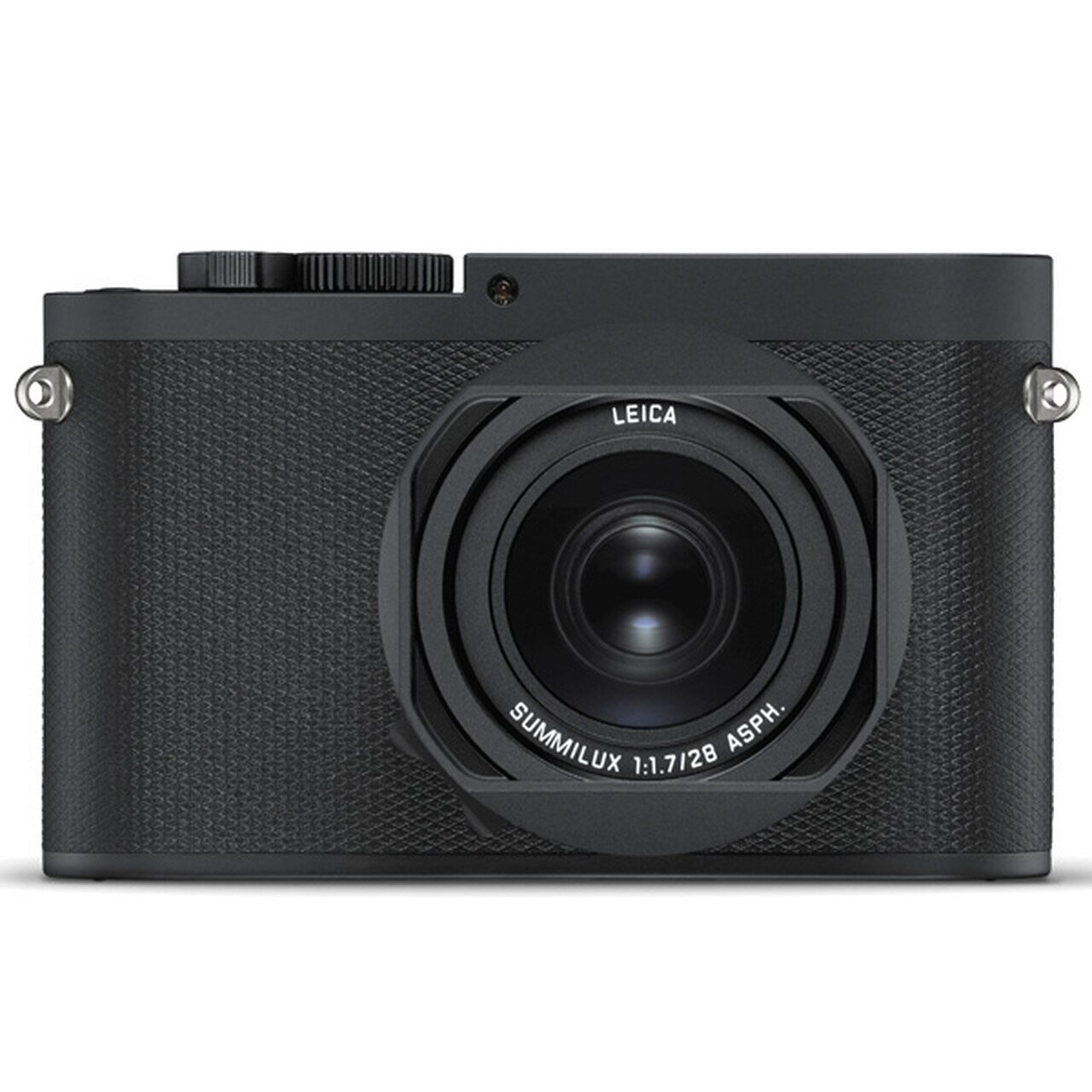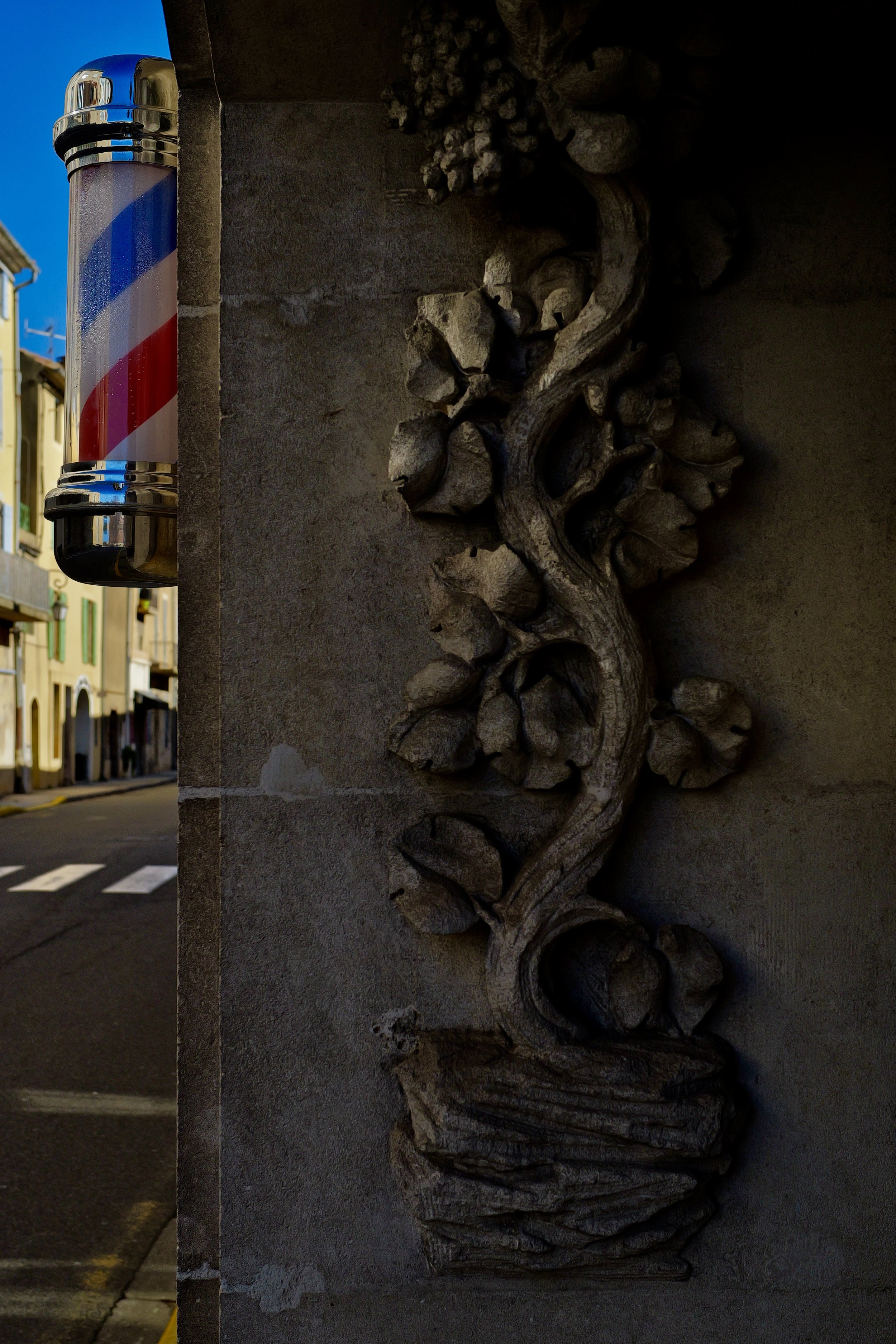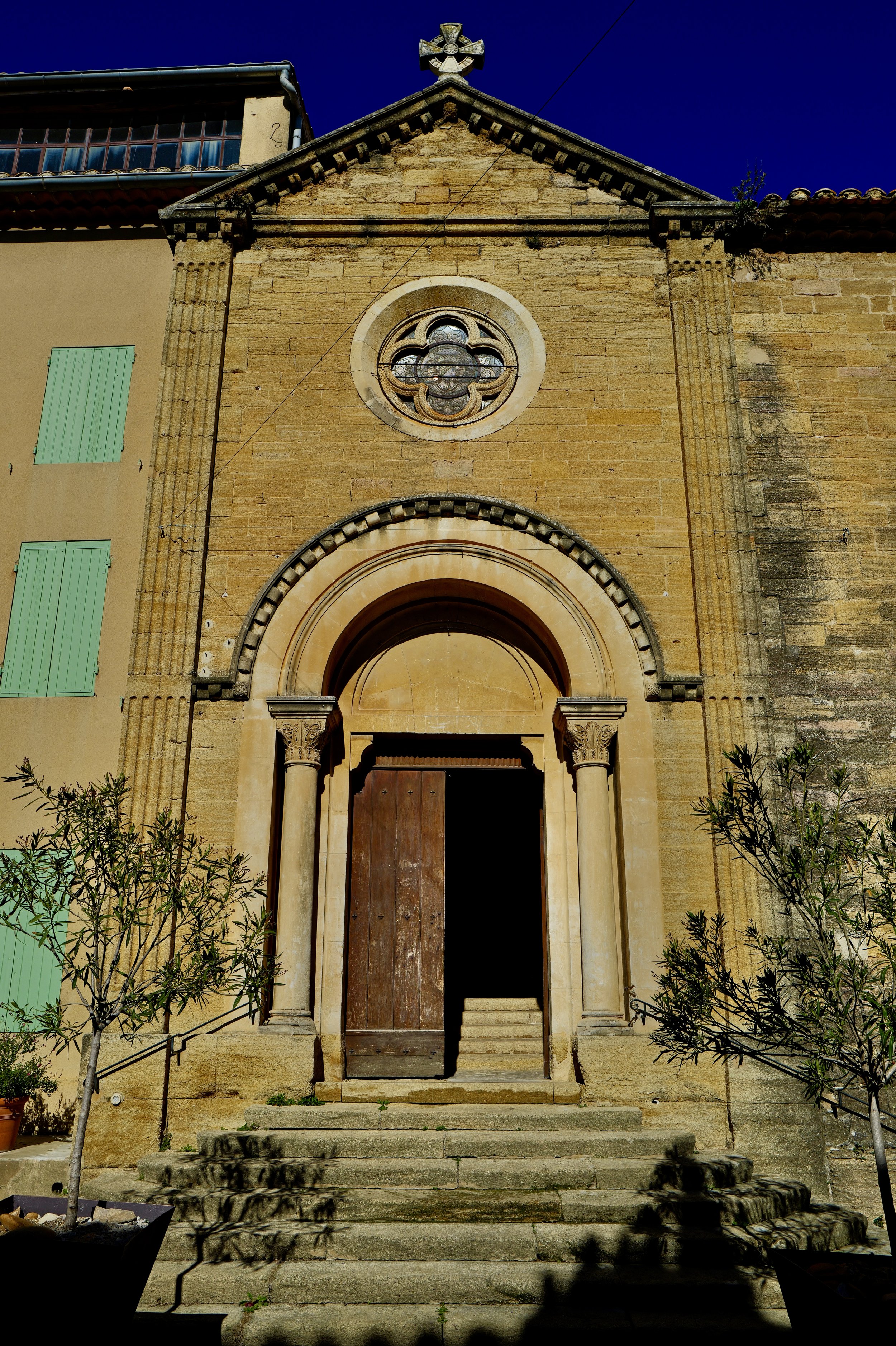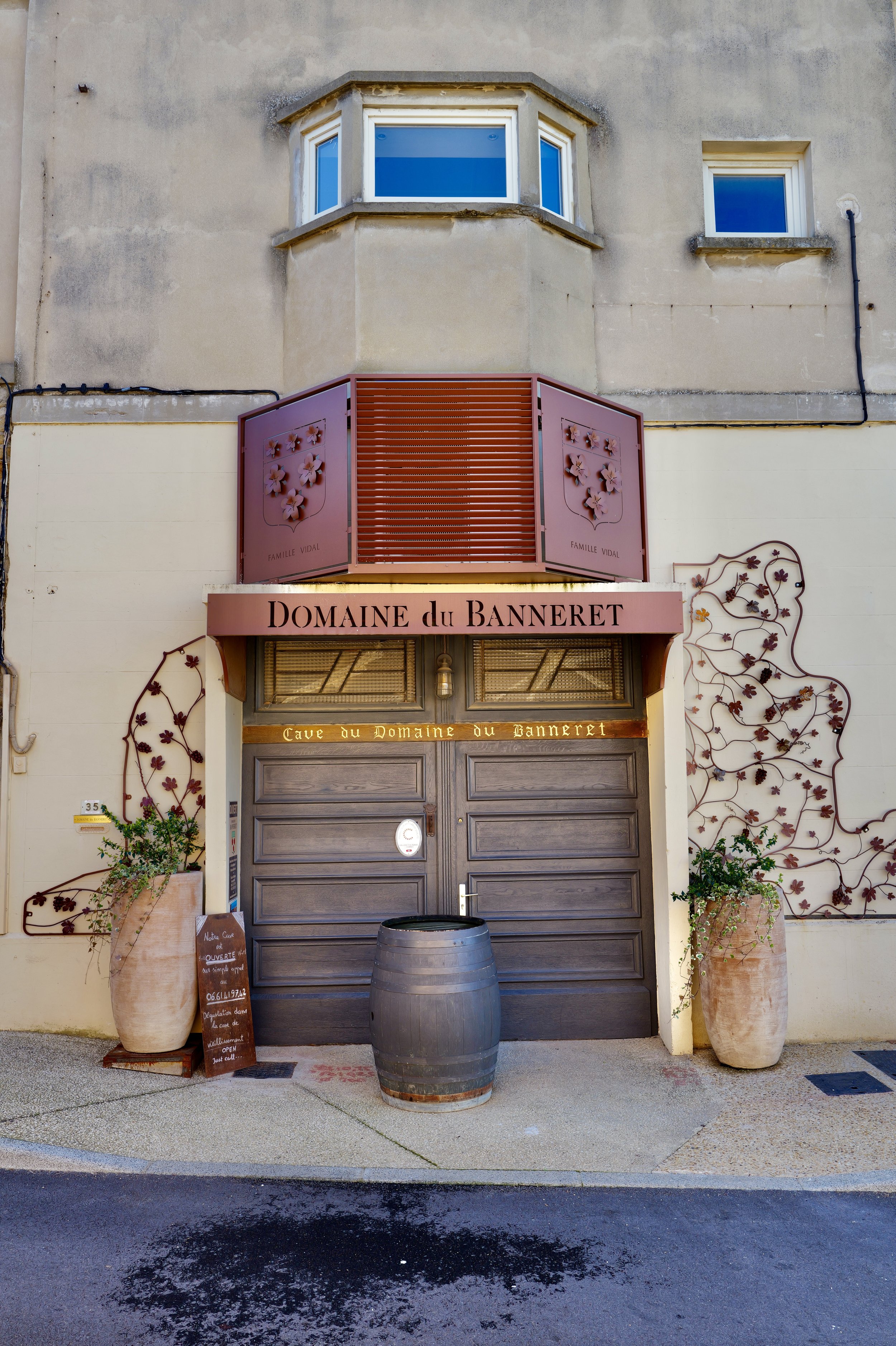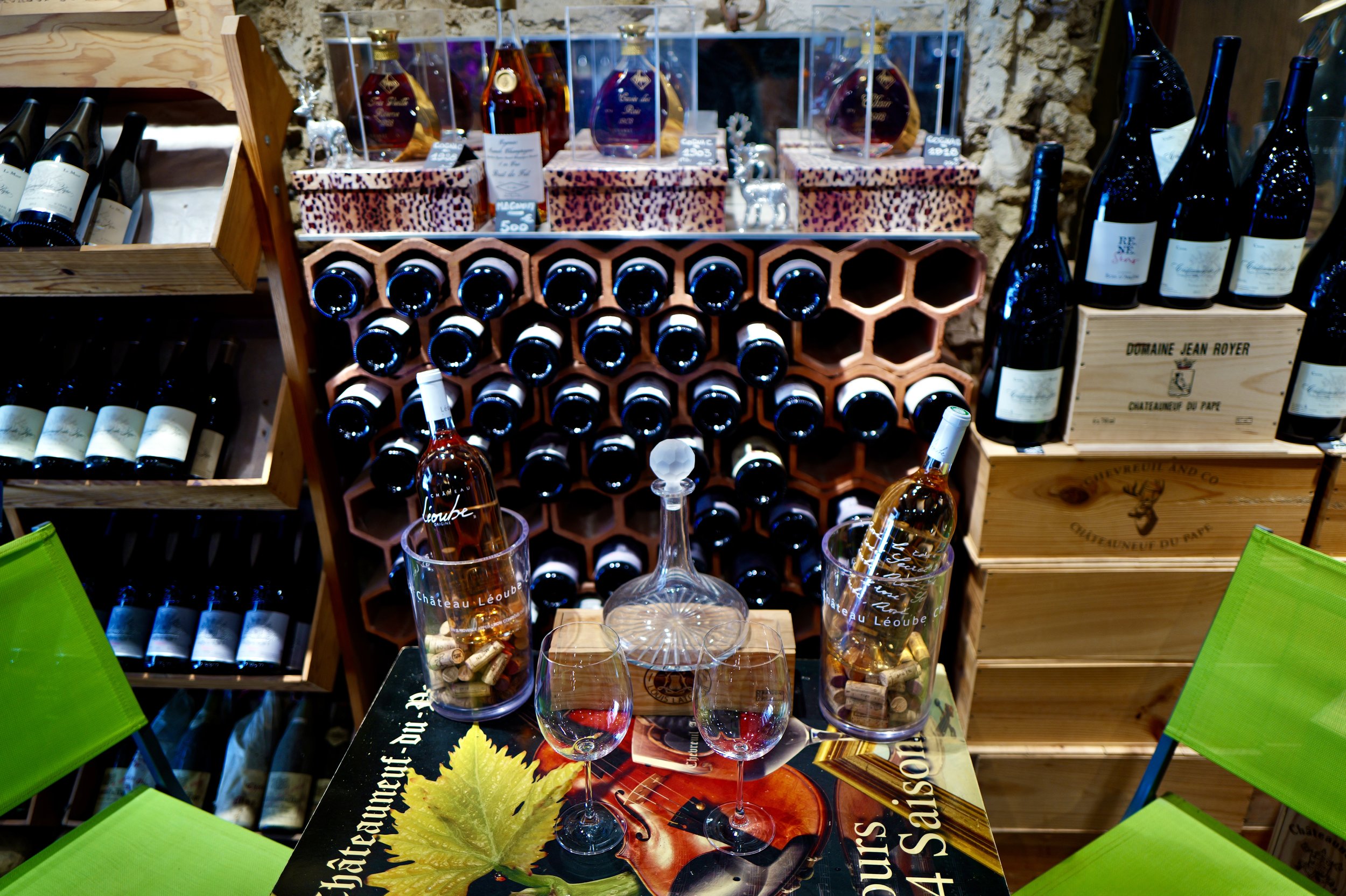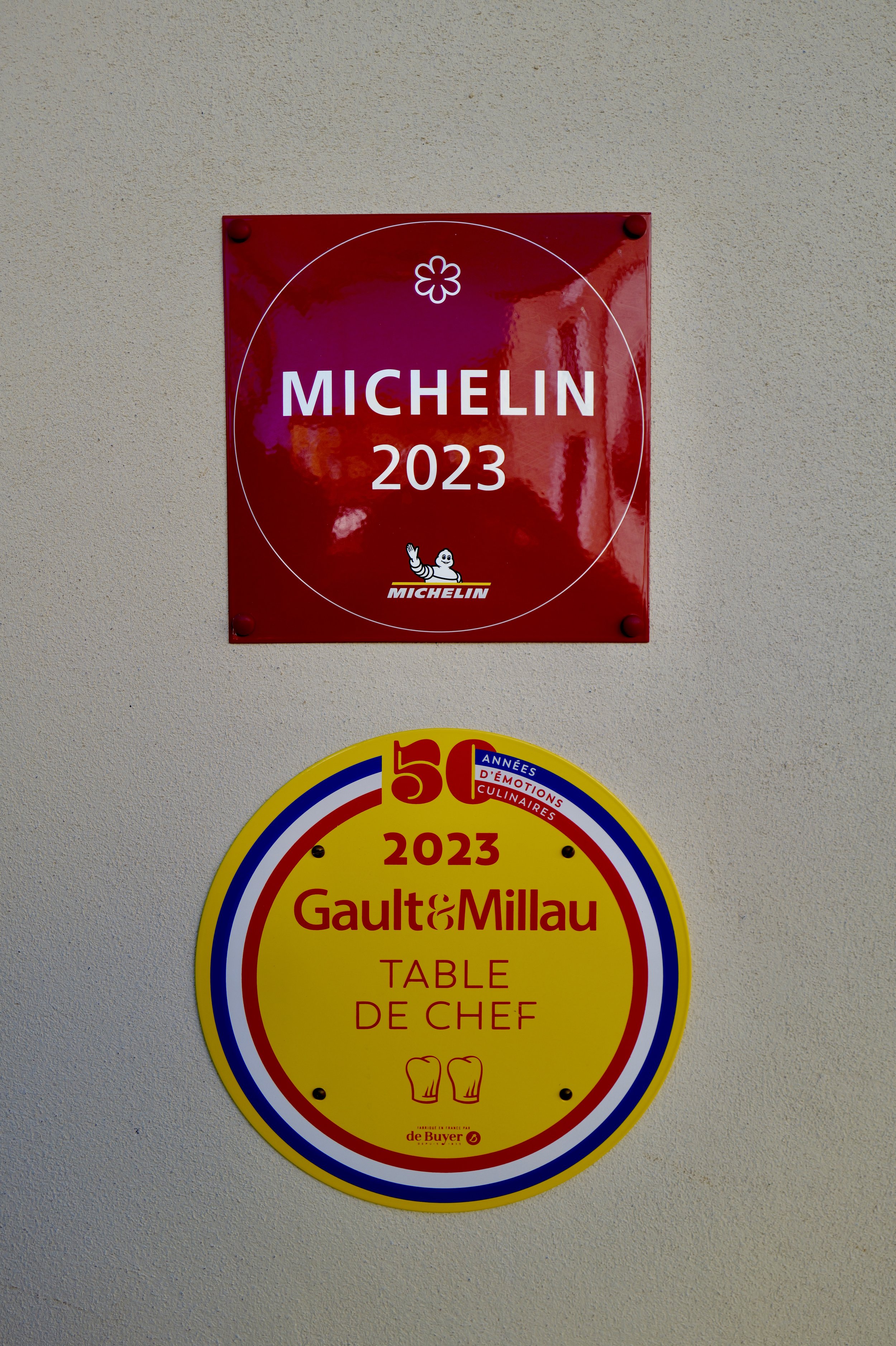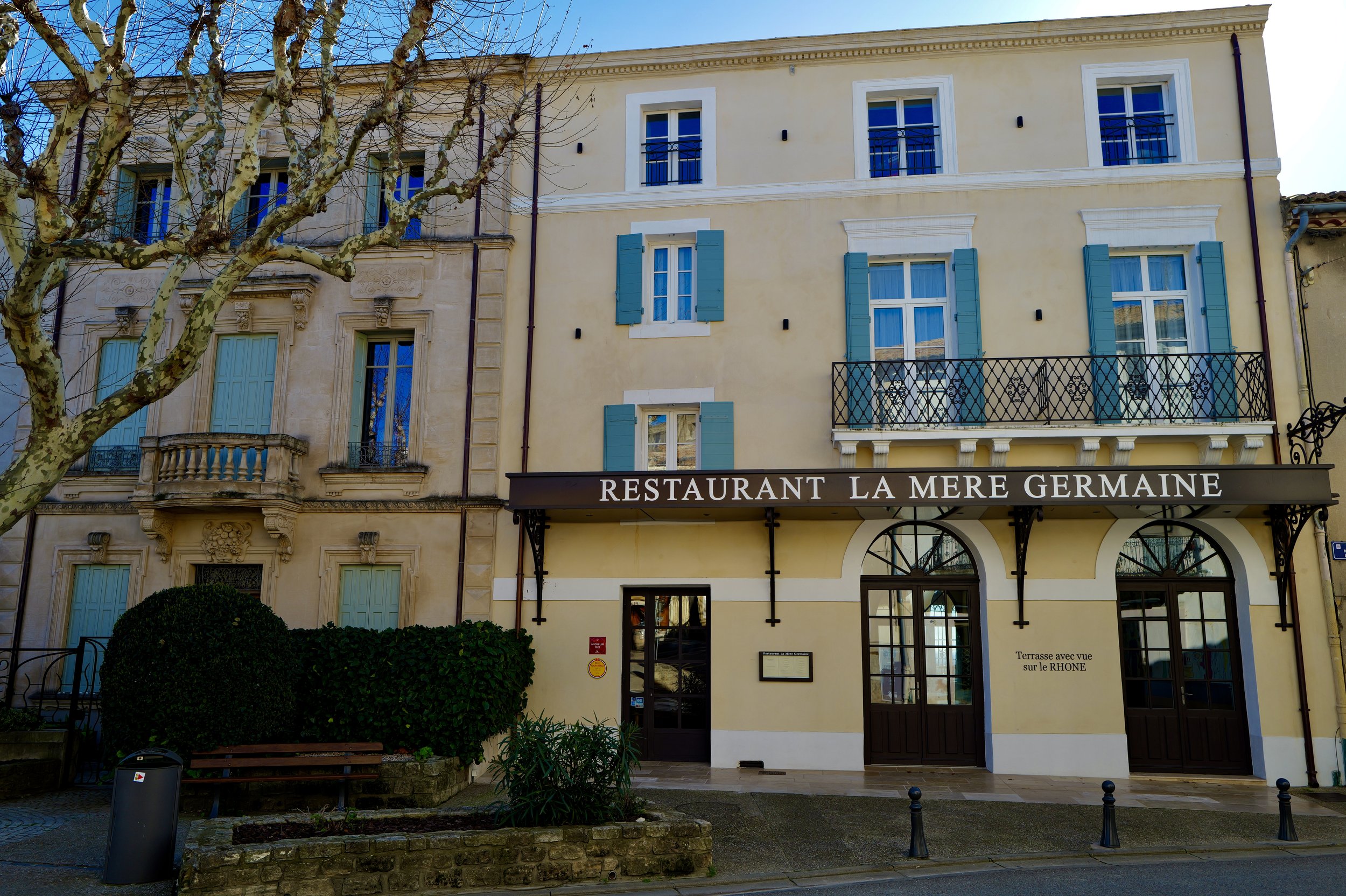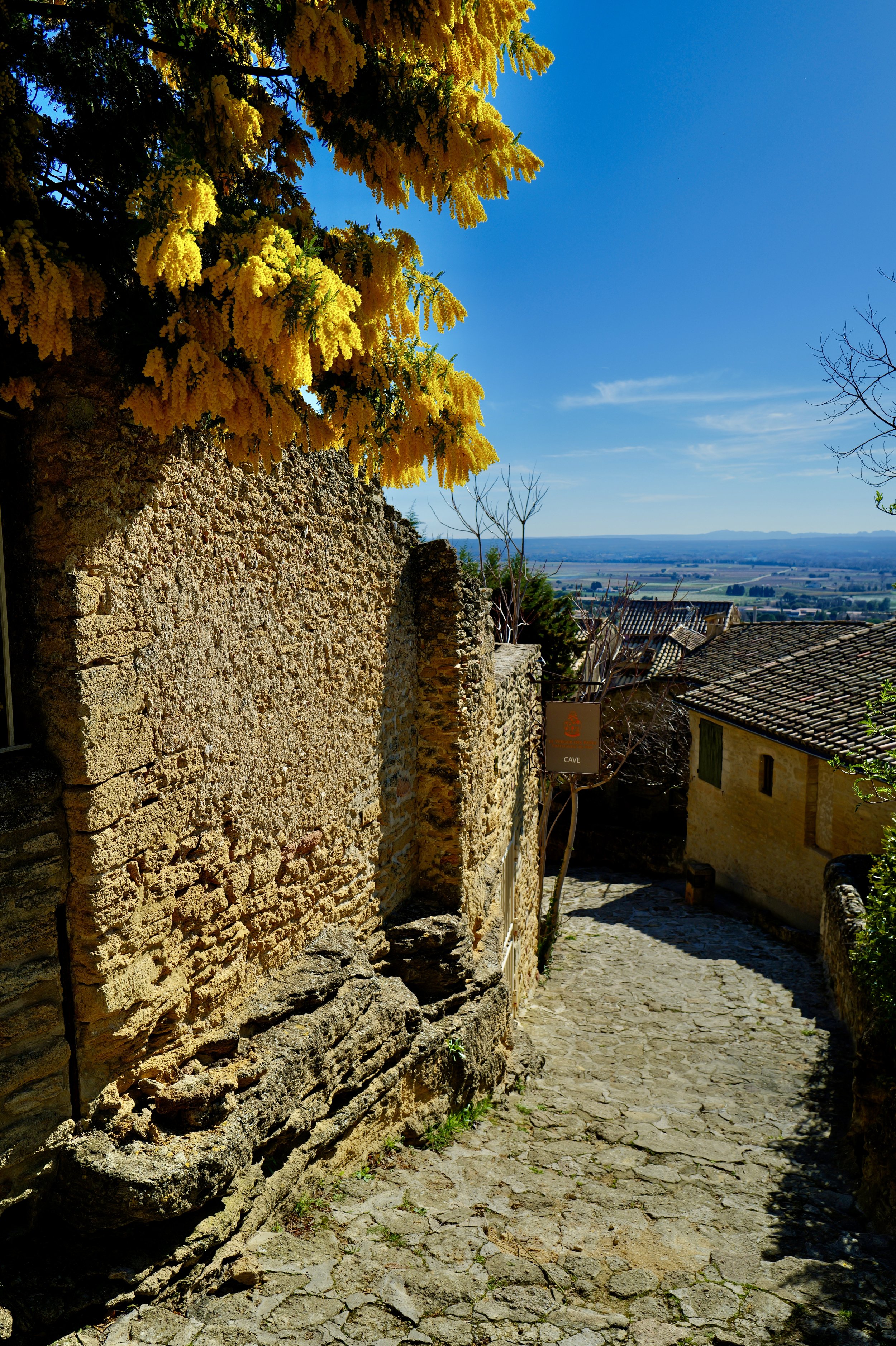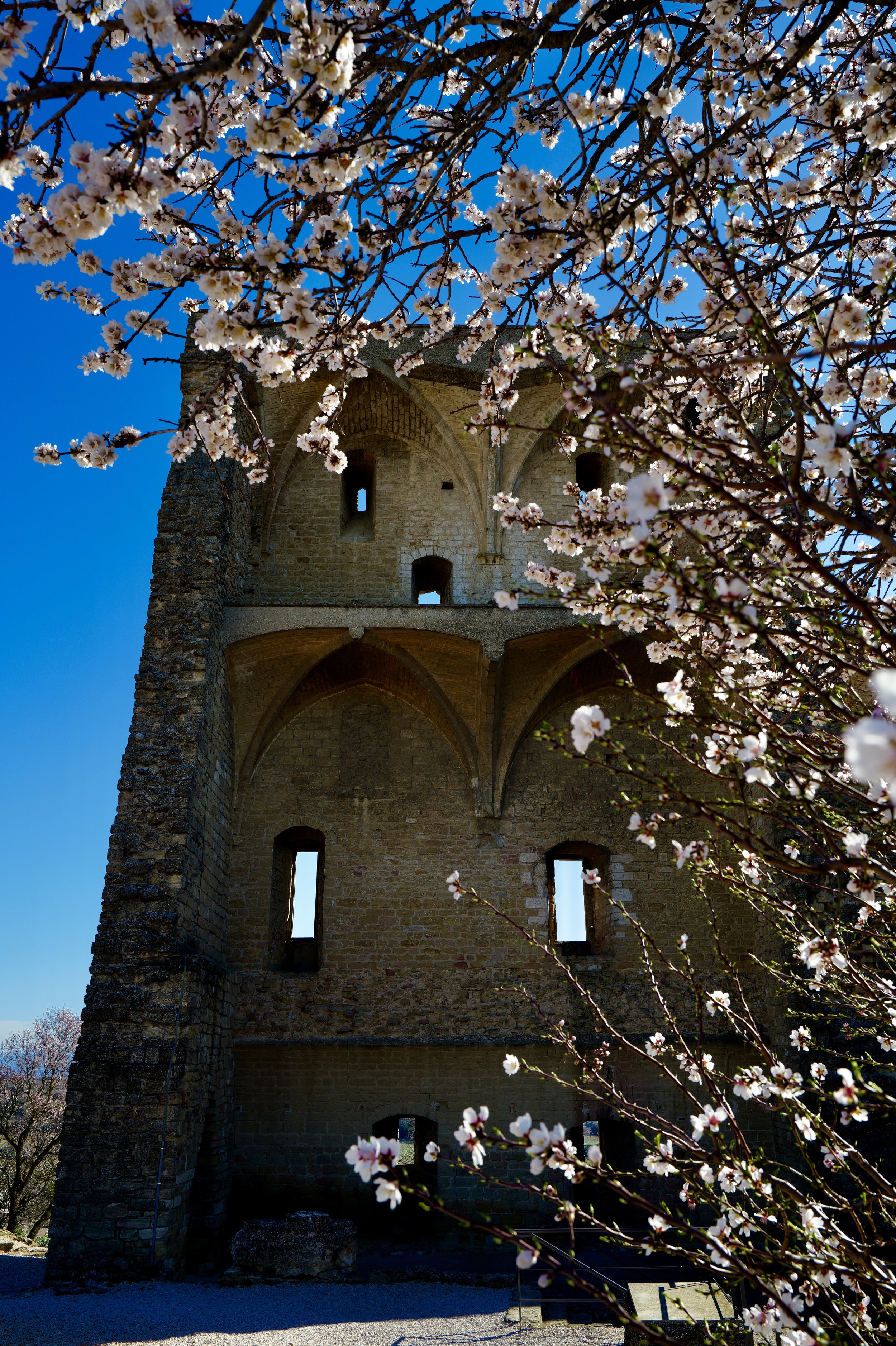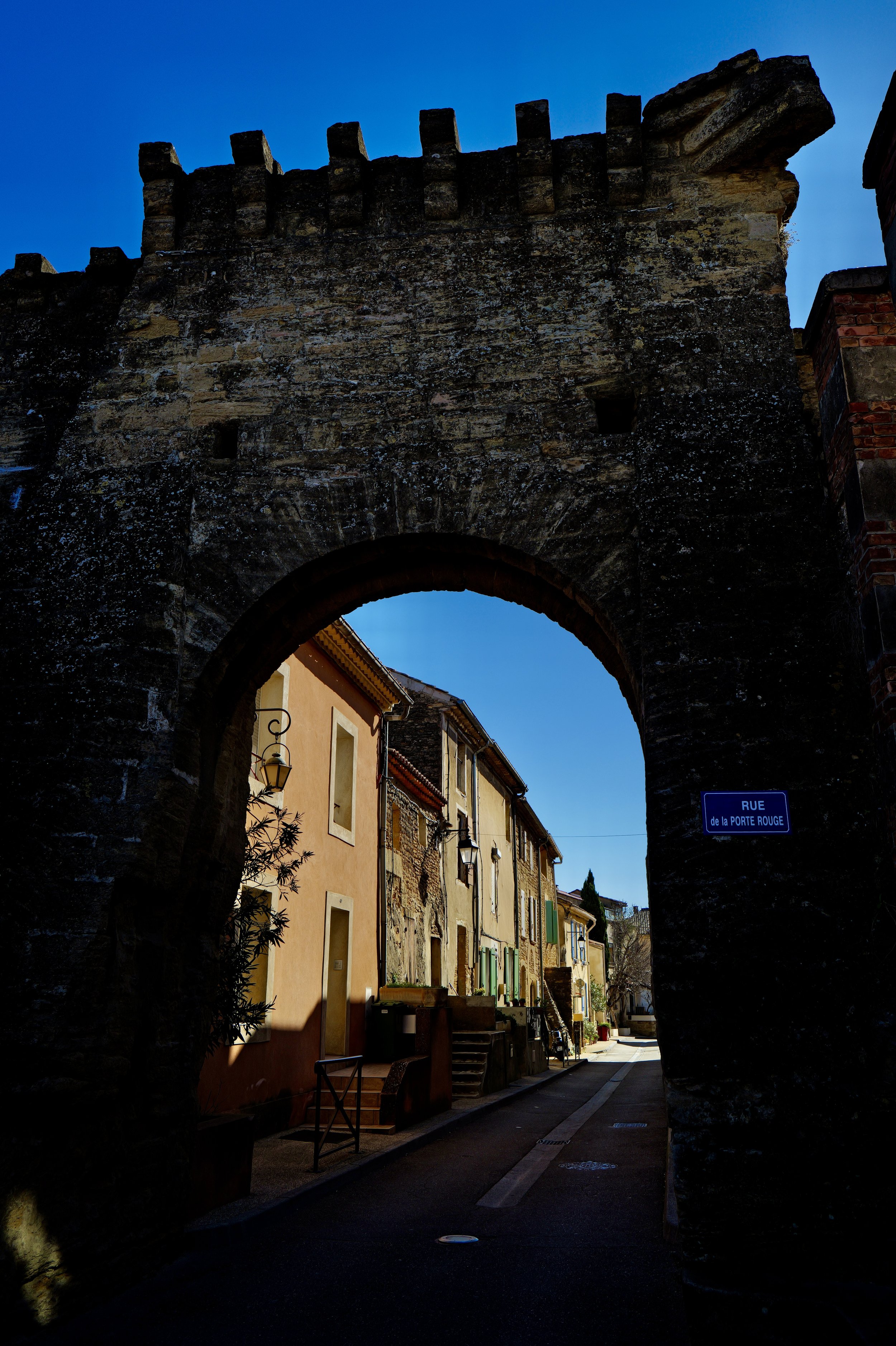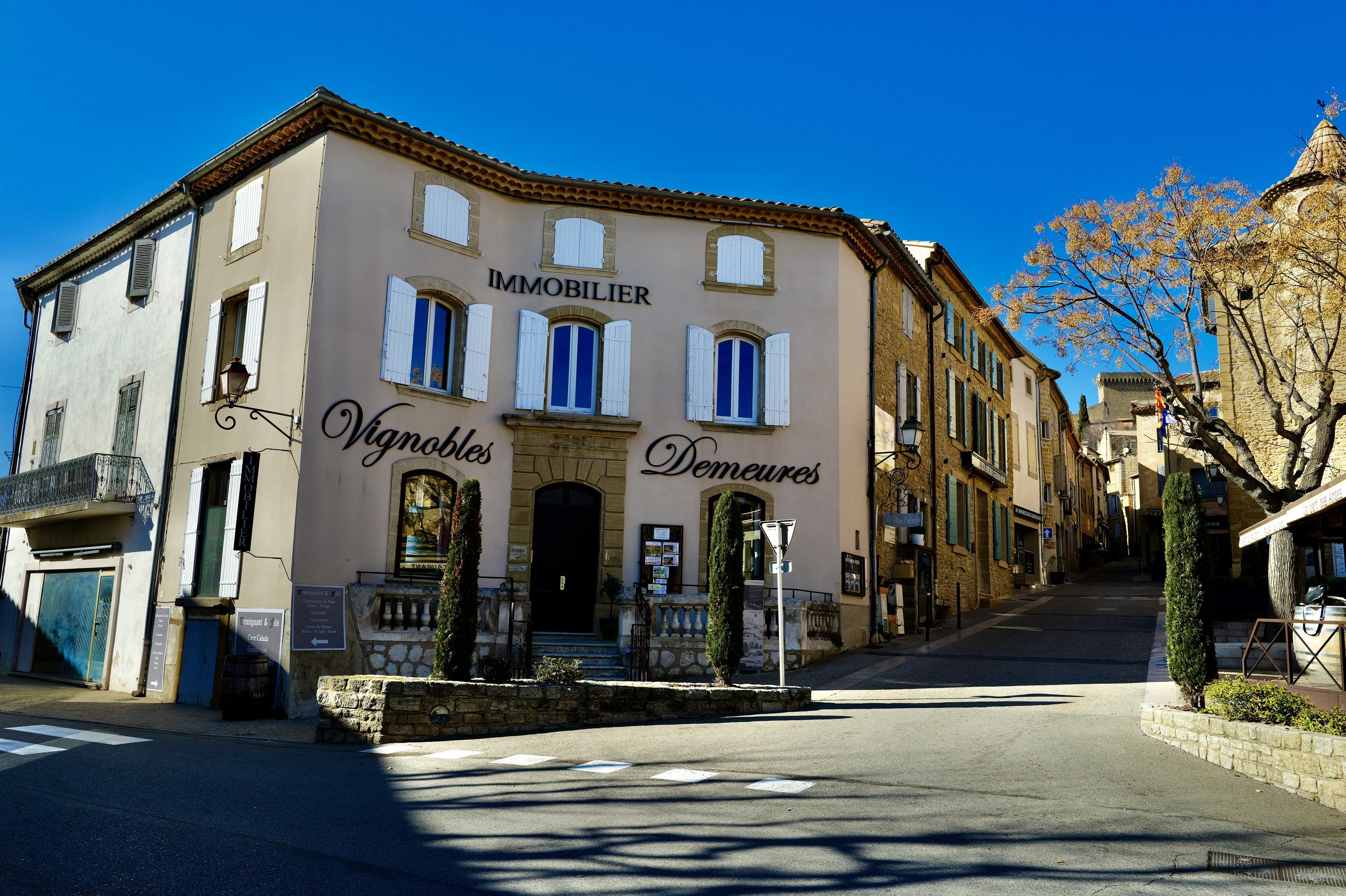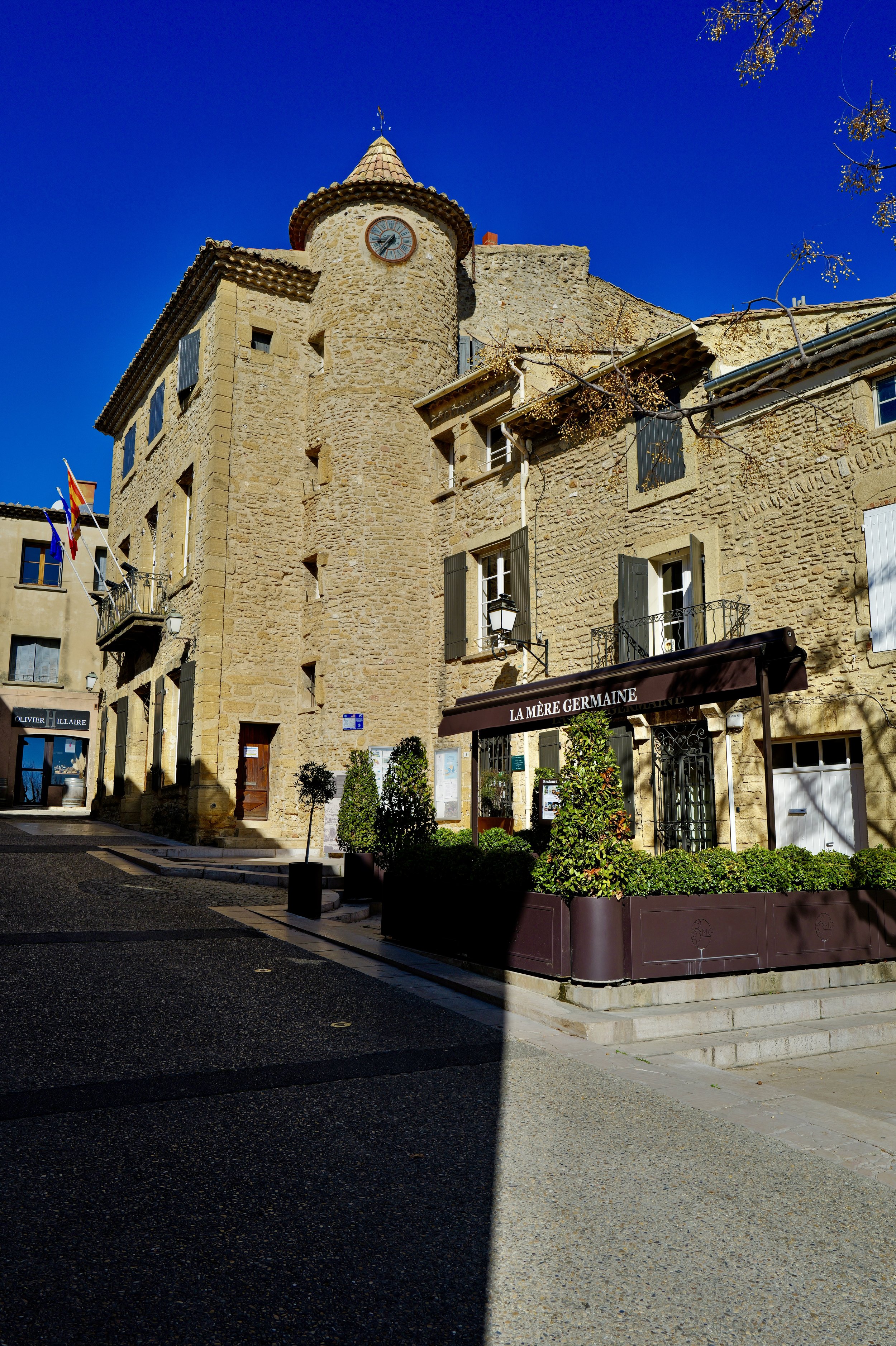MY 11TH EPISODE OF THE VILLAGE DIARIES.
The Luberon Valley is a place so quaint and picturesque that even the local goats are Instafamous. It was from this very valley, this fine morning, that I embarked on a journey so filled with promise and potential liver damage that even Ernest Hemingway might have thought twice. My destination? The illustrious and immaculately tidy village of Châteauneuf-du-Pape, a name that rolls off the tongue with the same complexity and satisfaction as a full-bodied glass of its namesake wine.
Now, for those unacquainted with the joys of navigating the French countryside, let me assure you, it's an experience akin to finding oneself in a real-life game of Mario Kart, minus the helpful floating question boxes (or so the kids used to tell me). The roads twist and turn with the kind of reckless abandon usually reserved for soap opera plotlines, ensuring that any journey is as much about survival as it is about sightseeing.
But let's not dwell on the near-death experiences and instead focus on the destination. Châteauneuf-du-Pape, or as I like to call it, "The Village That Wine Built." This place is so steeped in viticulture that even the feral cats seem to have a discerning palate for a good vintage. The village itself is a marvel of stone buildings that look as though they've been plucked straight from a medieval fairytale, complete with a castle that seems to frown down at the modern world from its lofty perch.
Ah, the castle. Or what's left of it, anyway. The Château de Châteauneuf-du-Pape, a name so nice they named it twice, sort of. This once-majestic fortress now serves as a reminder that even in the world of wine, not everything ages gracefully. Its history is as rich and complex as a well-aged Grenache, having played host to several popes during that curious period when Avignon fancied itself the center of the Christian world. It's said that the popes, in their infinite wisdom, decided that what the papacy really needed was a good vineyard because nothing says divine authority like a robust wine list.
And so, Châteauneuf-du-Pape became the go-to destination for holy men with a penchant for the grape. The village's reputation grew, much like its vines, until it became synonymous with some of the finest wines known to humanity. Or at least, make it known to those humans who can afford it. The irony, of course, is that the popes were probably too busy being pious to enjoy the fruits of their labour truly, but that's the Catholic Church for you – always thinking of the future.
Surrounding the village is the Côtes du Rhône wine-growing area, a region so fertile and productive that you half expect the vines to start planting themselves. Here, wine is more than just a beverage; it's a way of life. The locals speak of terroir with the same reverence that others might reserve for holy scripture, and to be fair, after a few glasses, you too might start seeing the divine in a well-crafted Syrah.
Wine experts and enthusiasts from around the globe wax lyrical about Châteauneuf-du-Pape, using terms like "bouquet" and "finish" with the kind of casual expertise that makes mere mortals feel hopelessly uncultured. These wines are the celebrities of the oenophile world, complete with their own entourages of adoring fans and eye-watering price tags. It's a place where the phrase "let's have just one more glass" can lead to life decisions that seem much less wise in the cold, sober light of day.
In the midst of this vinous Valhalla, a particularly clever wine cave owner, spotting the wide-eyed wonder with which I beheld his domain, beckoned me closer with the promise of capturing this oenological oasis through my camera lens. "For memories," he said, with a twinkle in his eye that should have warned me of the impending danger to my wallet.
This, dear reader, was no mere merchant of grape-based beverages; this was a maestro of persuasion, a virtuoso of the vineyard, who could probably sell ice to Eskimos or, more aptly, water to fish. His cave was several levels above Aladdin's and a cave of vinicultural treasures, each bottle more seductively labeled than the last, whispering promises of unparalleled delight.
With the skill of a seasoned conductor, he guided me through the symphony of his cellar, my camera clicking away, each shot capturing the amber glow of bottles that seemed to contain not just wine, but liquid history. It was only when he began to describe the wines, with a passion that bordered on the religious, that I realized I was no longer just a photographer, but a pilgrim at the altar of Bacchus.
Fifteen minutes had passed – or so he claimed, though I suspect time moves differently within the hallowed confines of a wine cave – when he presented me with a bottle. "This," he proclaimed, "is not just wine. This is an experience." The price, he assured me, was merely a numerical reflection of the celestial joy contained within.
And so, dear reader, with a sense of inevitability that would have made Greek tragedians nod in solemn agreement, I left the cave lighter of wallet but heavier of heart, clutching the most expensive bottle I have ever purchased. It was a transaction that defied logic, propelled by a blend of skilled salesmanship and the intoxicating atmosphere of Châteauneuf-du-Pape.
As I emerged into the sunlight, I couldn't help but marvel at the cleverness of the cave owner, who had transformed a simple invitation to take photos into a masterclass in the art of the upsell. I had come in search of memories and left with a tangible, if pricey, token of my visit. In the end, I suppose, that's the true magic of Châteauneuf-du-Pape: the ability to turn even the most guarded of travellers into willing devotees at the church of the grape.
But what truly sets Châteauneuf-du-Pape apart, aside from its ability to make your bank account weep, is the sheer beauty of the place. It's as if the village itself has been marinated in fine wine, with every stone and cobble exuding a sense of timeless charm. The locals move with the kind of unhurried grace that suggests they've all reached some higher state of contentment, or perhaps they're just perpetually tipsy.
In conclusion, my journey from the Luberon Valley to Châteauneuf-du-Pape was more than just a test of my driving skills and liver's endurance. It was a pilgrimage to the heart of wine country, a place where history, culture, and viticulture come together as seamlessly as a well-balanced blend. So, if you ever find yourself in this corner of France, do yourself a favour and raise a glass to the popes who, in their infinite wisdom, decided that what the world really needed was a little more wine. Cheers, or as the locals might say, santé!
Live Well!
M.
p.s.
**No driving under the influence of intoxicants took place in the research for this post**
All of the images were captured with the Leica Q3. Thank you, Marc and Vinnie, at the Leica Boutique in Marseille. Any post-processing was done in Lightroom.
Please leave me your thoughts or comments in the box below the last image if you have a moment. I do love to hear from you.

